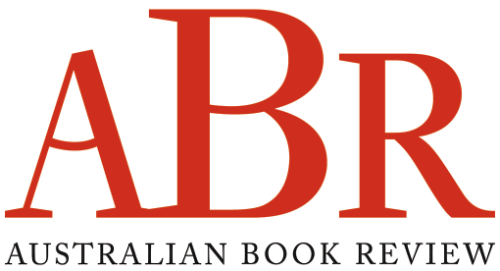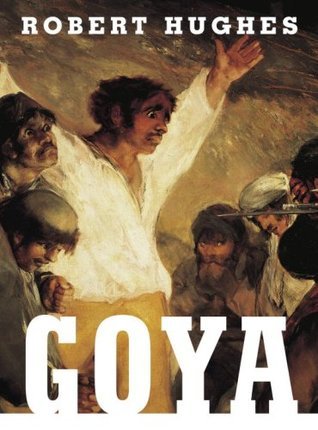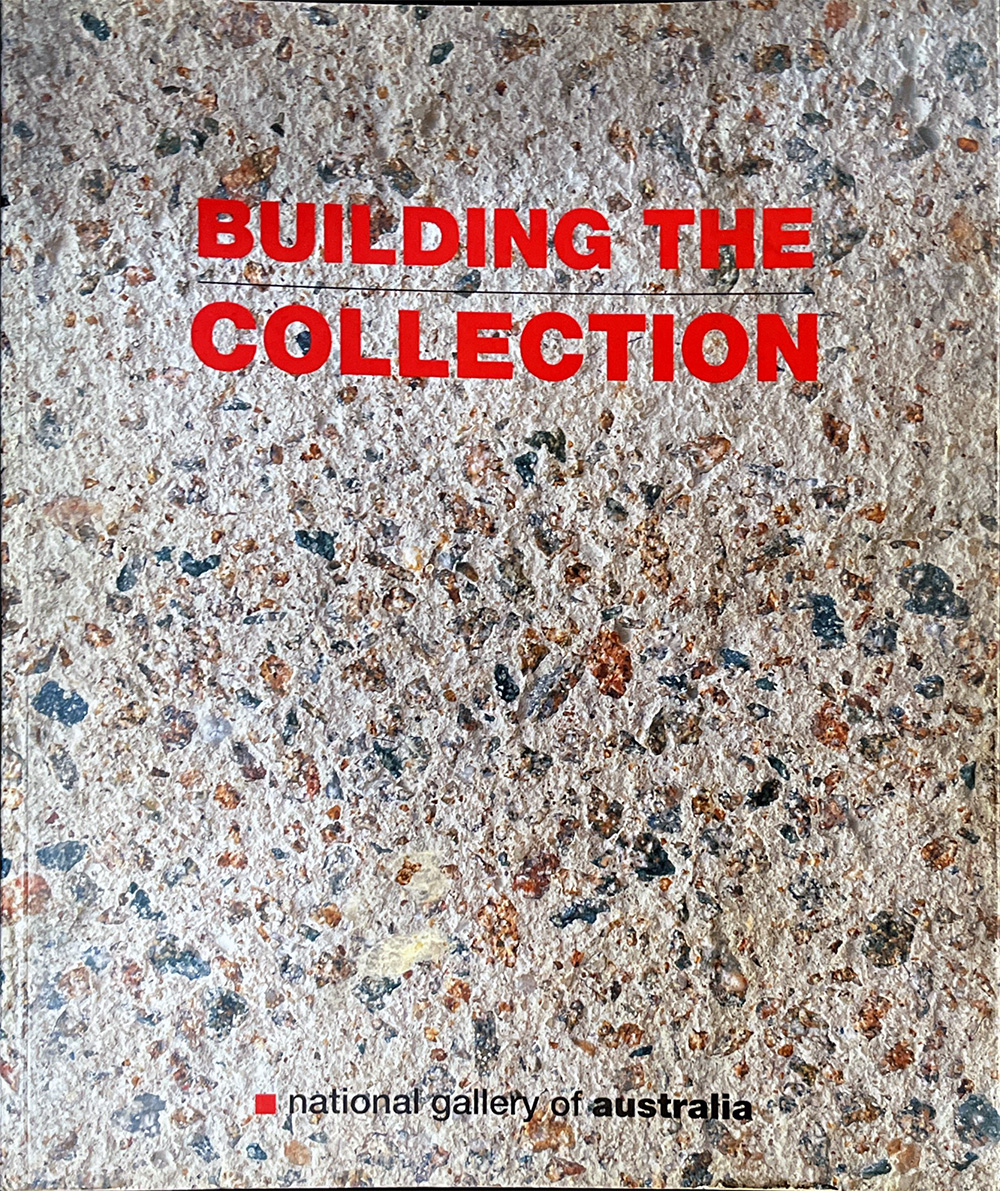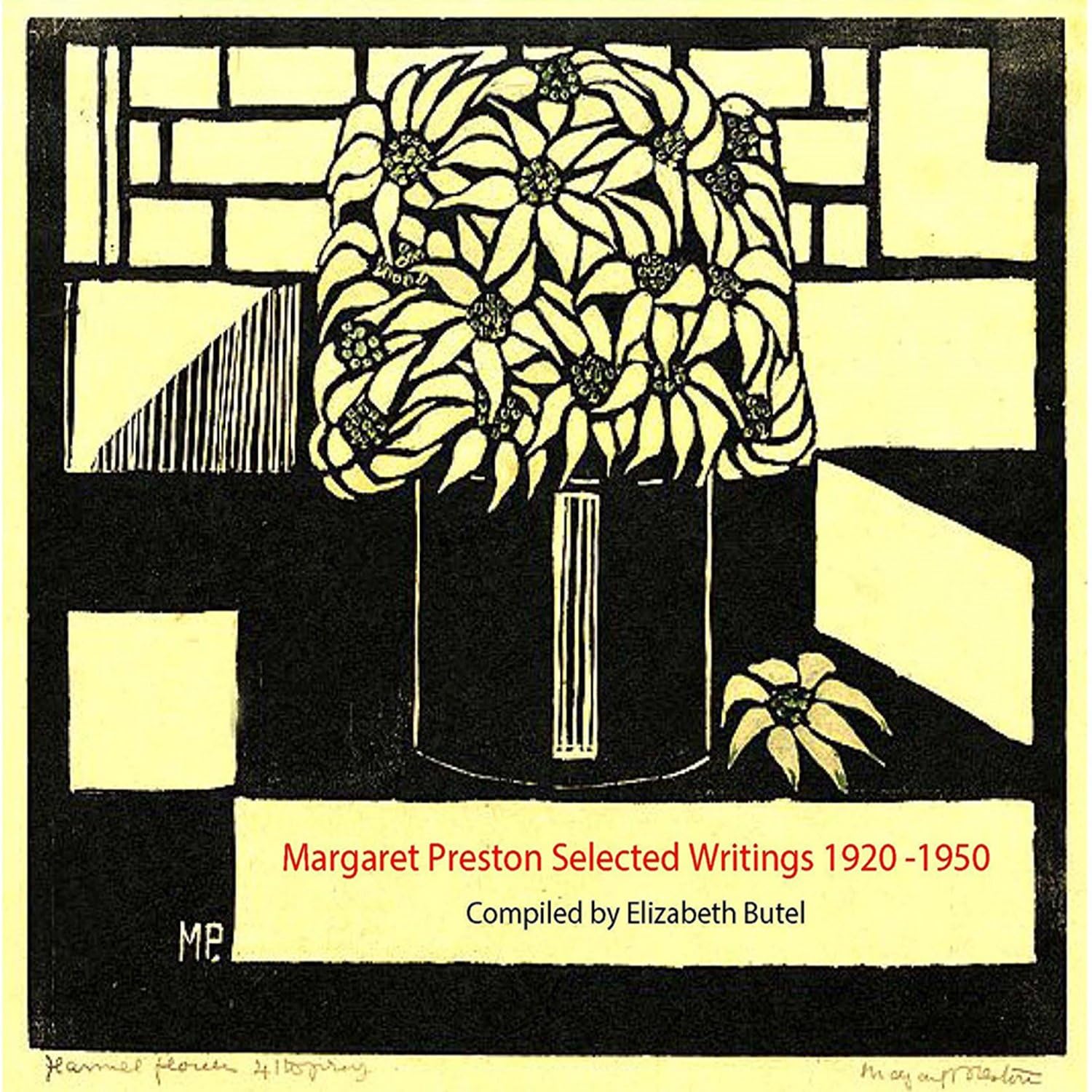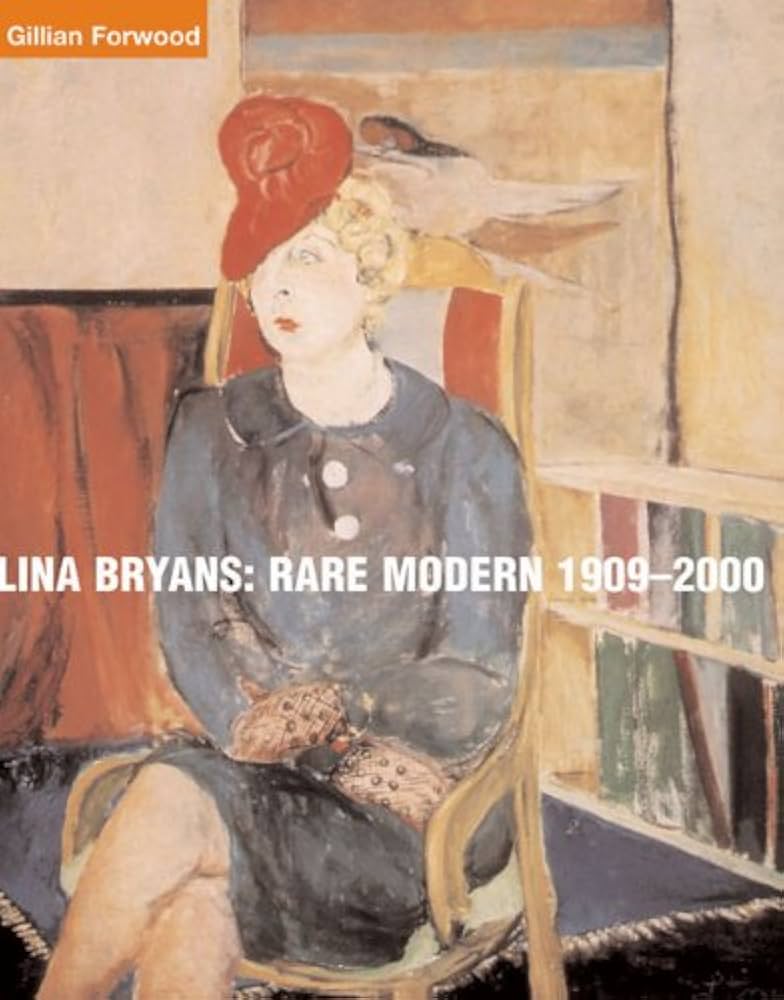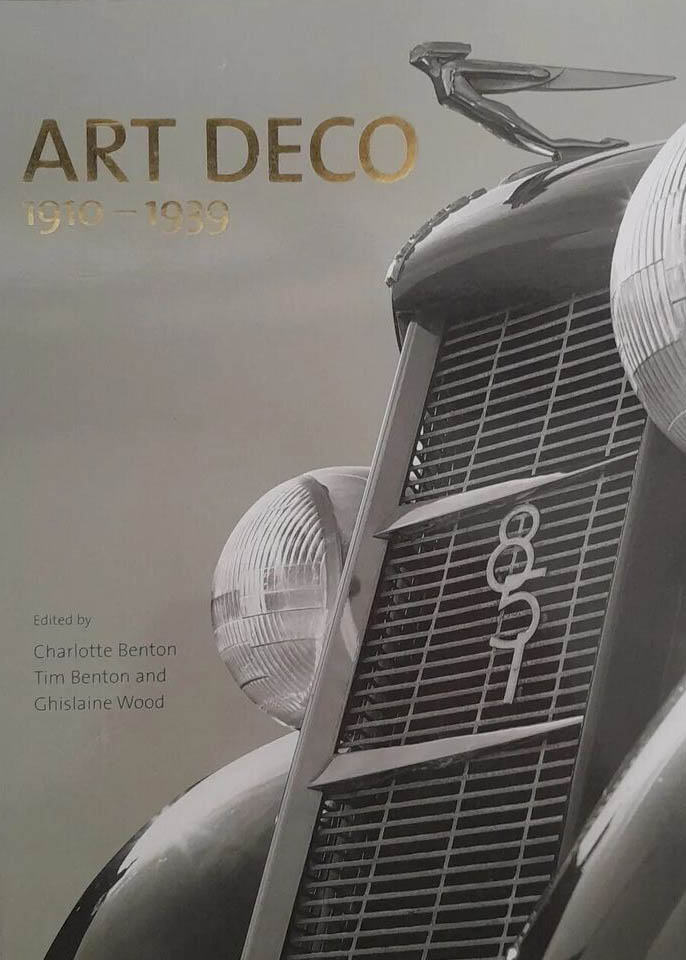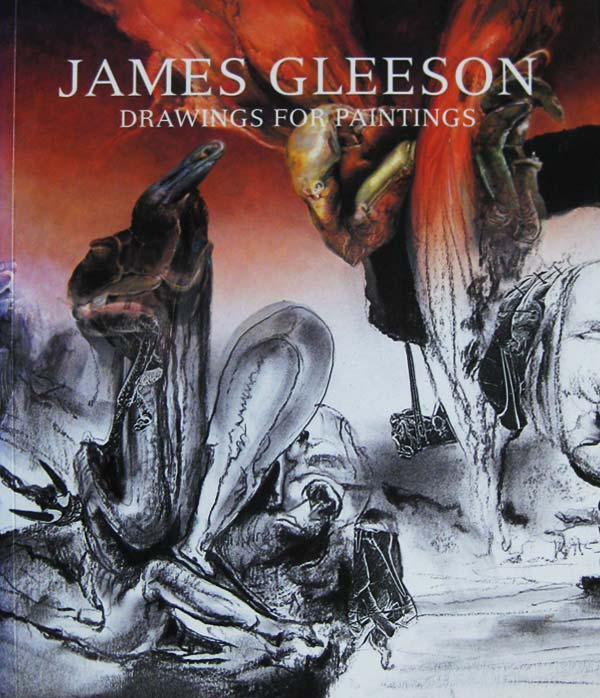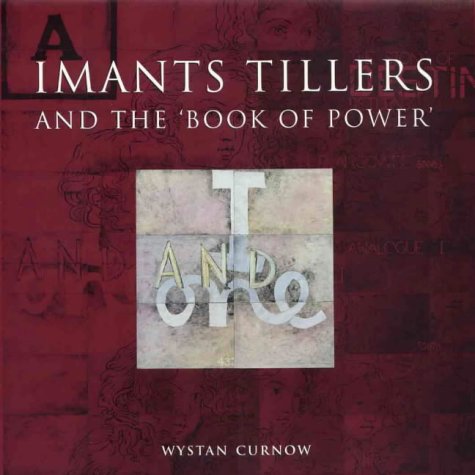Art
Art and Australia by Margaret Preston: Selected writings 1920–1950 edited by Elizabeth Butel
by Alisa Bunbury •
Art Deco: 1910-1939 edited by Charlotte Benton, Tim Benton and Ghislaine Wood
by Chong Weng-Ho •
James Gleeson: Drawings for paintings by Hendrik Kolenberg and Anne Ryan
by Daniel Thomas •
Occasionally, we bring you thematic issues. The April issue is a good example, the first half being devoted to art and art history. This seemed timely, because of the abundance of major publishing in this area and the energy and controversy generated by current debates about the genre.
... (read more)'The National Gallery of Victoria – A New Partnership with ABR' by Dr Isobel Crombie
by Isobel Crombie •
This issue marks the start of a new feature for ABR, with covers reproducing some of the finest Australian photographs held by The National Gallery of Victoria (NGV). ABR is a journal that critically engages with a broad range of creativity, so it seems fitting that it should also highlight photography, a medium that is not only one of the leading art forms of the modern era but also an area in which Australian artists consistently excel.
... (read more)Imants Tillers and the Book of Power by Wystan Curnow
by Edward Colless •
